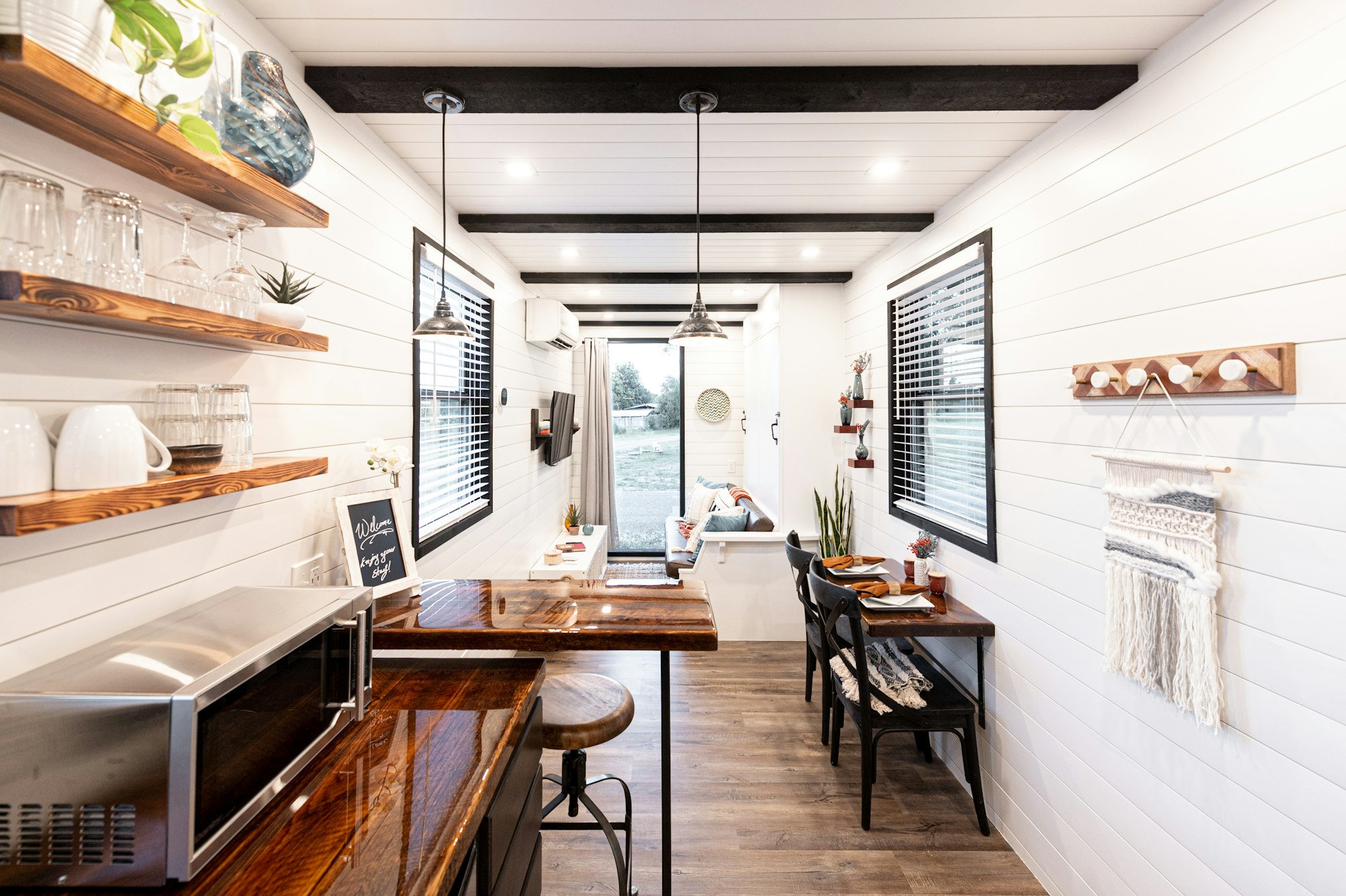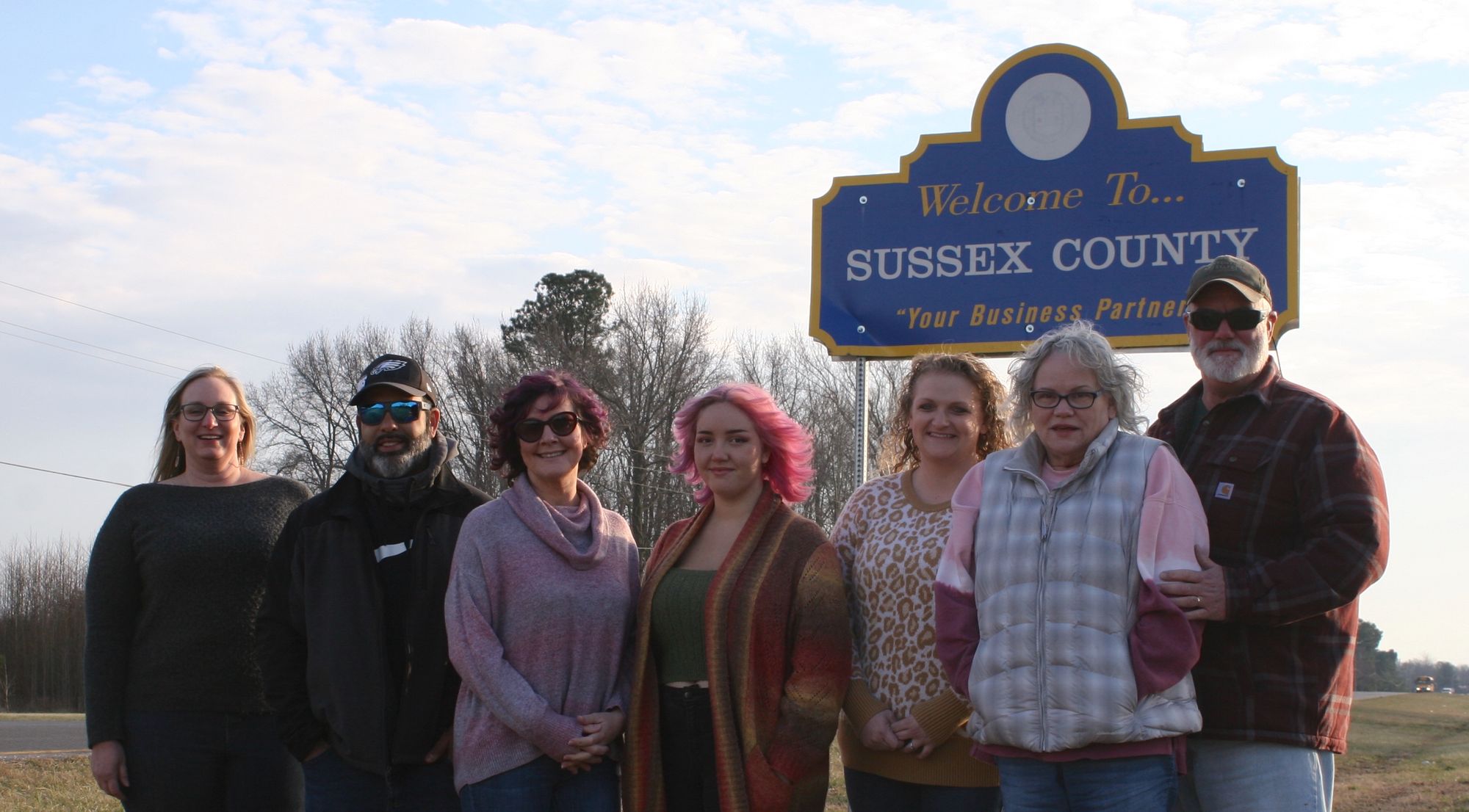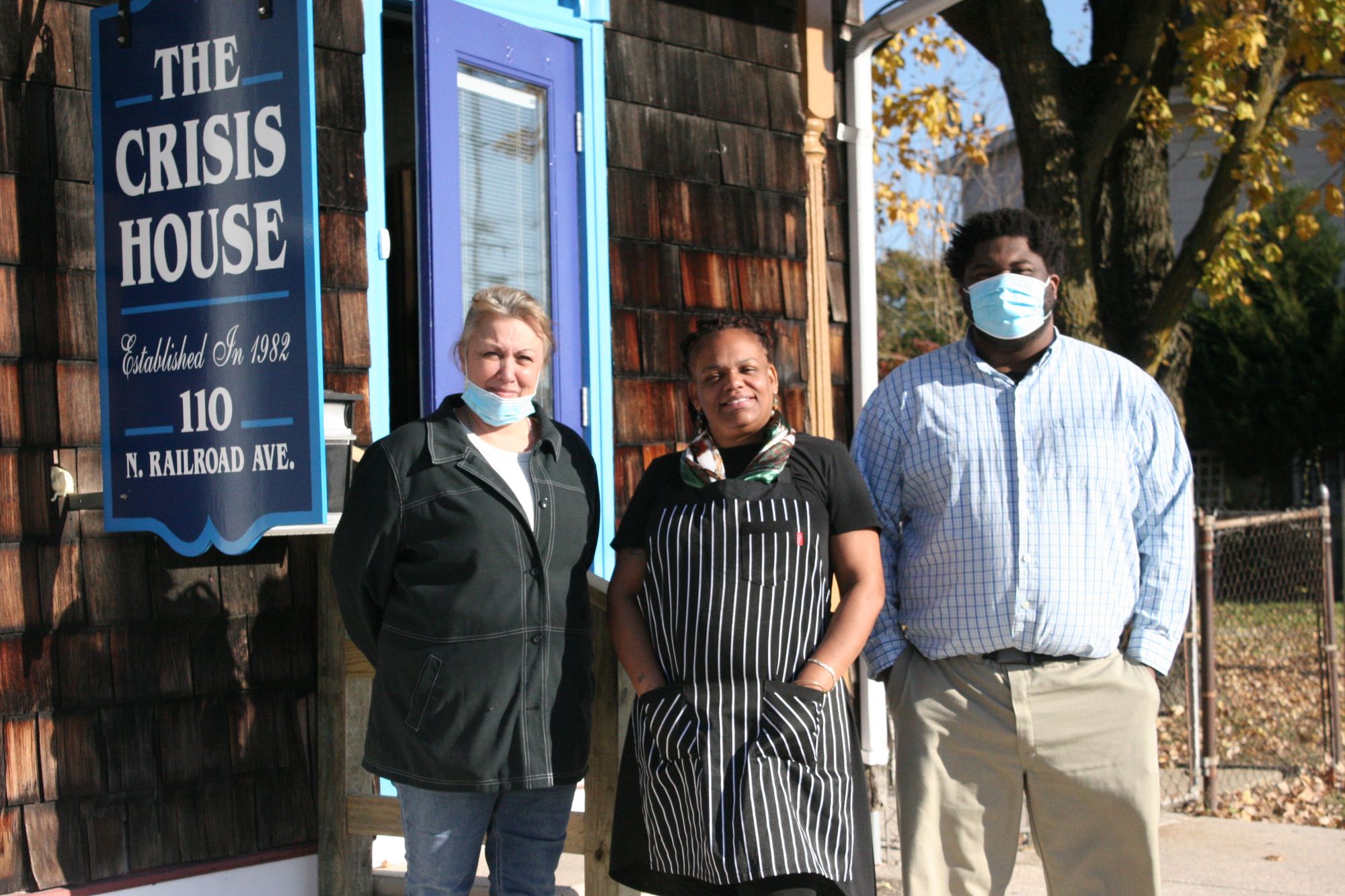Southern Delaware faces a housing crisis. Is there hope?

It seems like a magic trick: Housing developments are going up at a frantic pace in southern Delaware, and yet we still have a housing crisis.
There are plenty of houses available for well-to-do people, and more coming all the time. But housing advocates describe a system that’s simply not working for a great many people: Not just for an ever-rising homeless population, but for a broad range of working people who are seeing a huge portion of their income taken up in paying for shelter.
This is common knowledge, especially for those trying to find a place to rent, and yet the problem continues. But momentum is building to do something about it, even if that something will be difficult, costly, and time consuming.
The problem in a nutshell
To afford rent for just a one-bedroom apartment in Sussex County, you’d need to make at least $14.08 an hour, the National Low Income Housing Coalition calculates. And that was at 2021 prices. And if you can find one available. The state of Delaware is short more than 18,000 more rental homes for extremely low income renters, the coalition says.
“If you work in Tanger Outlets (in Rehoboth) please show me where you can find an apartment or a house at $600 to $800 a month, or a house to purchase for under $170,000,” said Michele Williams, a local housing advocate who campaigns for policy changes.
“So what people are doing is they’re finding housing that is affordable on the west side (of Sussex) and then driving to the east side to get their $15 an hour, or $9.25 (an) hour, job.”
The lack of affordable housing is one factor in homelessness. This year’s Point in Time Count, in which volunteers tally the number of people without shelter in Delaware on a particular night, took place in February. It found 2,369 people in the state without shelter, more than twice as many as two years ago in 2020 and the most ever for the count, the Housing Alliance of Delaware said. One in three of those people was under the age of 18.
Family Promise of Southern Delaware is an organization that works to keep families with children from getting evicted. At this point, they’re focused mainly on the Cape Henlopen School District area near the beaches, Board President Dale Smith said. And what they’re seeing in the beach area matches the results of the Point in Time Count.
“We do find people who are stuck in a motel trying to find an affordable place for them to move to. It’s really, really difficult here in Sussex County,” he said.
“Generally, what we’re finding for rental apartments (is) in the range of $1,700 a month,” Smith said. “... And so that’s just really hard for people who are at a minimum wage, right? They have to work two or three jobs to be able to afford that sort of rent.”
There’s a mix of causes for homelessness, but Smith said one underlying factor is that people who are in financial difficulty are generally embarrassed or ashamed to ask for help.
“When you’re realizing that you’re one paycheck away, or one car payment away from not making rent, you need to be reaching out for people who can help you,” he said.
The shortage also has ripple effects beyond housing.
“The number of people who are cost burdened is increasing,” said Katie Millard, director of development and advocacy for Sussex Habitat for Humanity. “And there’s not a lot out there to help those households right now. And if somebody pays, let’s say 50 percent of their income towards their housing, just because they can’t find anything else, they don’t have money for other things like food and health care … this crisis does not affect just housing. It affects a whole bunch of different other areas.”
Williams said in earning her doctorate in public policy she has learned that “Where you live can determine your health outcomes, and that, health, and housing and economy are all interlinked.”
Ideas to fix it
There isn’t one solution to the issue, Millard said.
So while you may hear a number of different ideas being proposed, that’s not necessarily a bad thing.
“If you’re going to have any type of movement for housing, there’s going to have to be a bunch of different solutions that work together, because you need to make sure you also touch every portion of the housing spectrum,” she said. “And that’s both from homelessness to homeownership.”
From Habitat to Humanity, to Housing Alliance Delaware, to an upstart “Yes in My Backyard” movement and other groups, people are coming together to tackle different angles of the problem. Here’s a quick look at some of the ideas.
Zoning changes
“To get affordability, you really need increased density, meaning you could put more housing in a certain area,” Williams said. But zoning rules often limit the density, which makes it harder to build, say, apartment complexes.
Millard and Williams both mentioned Sussex County Council’s consideration of a proposal to make it easier for developers to put in housing, including higher density housing, as long as a certain number of the homes are affordable housing. They also pointed to the county’s new trust fund of more than $6 million, which will offer money to help developers build lower income housing. It’s actually more expensive to build affordable housing, Millard said. The fund will also directly help homebuyers.
While these policies won’t solve the problem alone, “I think they’re great. I think that they are a necessary first step to making any sort of dent in the crisis,” Millard said.
Williams also wants to see more creative thinking, like allowing businesses on the first floor of a building and residences on the second floor, or allowances for what are called tiny houses.
“Be creative and knock down your paradigm and (see) what else is possible,” she said.

Think small
The idea of tiny homes, which can take a number of different forms, is a major focus for Williams. She says there’s a missing middle in housing between apartment complexes and large dwellings, a niche she thinks tiny homes can help fill.
Tiny homes can be only a few hundred square feet, certainly not enough for a large family but enough to provide basic shelter for one or more people. Some are on wheels, while others have a solid foundation, Williams said, and importantly, they can fit into the character of a neighborhood.
“I’m not saying that they’re the end all be all; they’re one solution for an affordable housing issue,” she said.
How affordable could they be? Given that Delaware does not have a big tiny home industry that's a bit of guesswork. Williams gave a quick estimate of $125,000 to buy a tiny home, on the high end, or $450 to $500 a month to rent one. Median home prices in Sussex County right now are around $485,000, according to Realtor.com, and median gross rental costs from 2016 to 2020 were more than $1,000 a month, according to census data.
But there’s a big problem for those who might want to build tiny homes. Zoning code doesn’t know what to do with them, Williams said, and local regulations vary a lot.
One example of this is the quandary a Milton area resident got in when she used a tiny home on her property as an Airbnb rental. County authorities seemed a little baffled about how to handle the issue.
'Pallet' shelters
One example of creative thinking is a new setup in Georgetown that has received a lot of local media coverage. These are shelters even smaller than tiny homes. The 64-square-foot, aluminum shelters will be put up near First State Community Action Agency, Delaware Online’s Shannon McNaught reported. (They aren’t made out of pallets – the company that makes them is called Pallet.) Pallet says these are designed to serve as a transition to more traditional housing.
Some people have walk-in closets that are more than 64 square feet, but these structures do offer a roof for those who otherwise wouldn’t have shelter at all. Millard is a fan of this idea. “They are small, but they are safe, they have air conditioning, they have heat, they can lock.”
Help with the rent
Similar to payments to help developers build affordable housing, vouchers go to the renters themselves. Millard thinks these federal and state payments to renters could help.
“Unfortunately, people are returning (vouchers) because they can’t find units to use them in,” she said.
“There’s actually legislation at the state level right now that is trying to make it illegal to discriminate against people for using vouchers, because vouchers are not a protected class of income,” Millard said.
That bill, sponsored by state Sen. Elizabeth “Tizzy” Lockman, passed the state Senate in April, Delaware Public Media reported.

'Yes in My Backyard'
Creative solutions can’t come to fruition without actually building, and that’s where neighbor opposition often comes in. A familiar label for this phenomenon is NIMBY, or Not in My Backyard. Neighbors may not oppose affordable housing or shelters in principle, but they want them somewhere else.
Now, there’s a growing counter movement, known as YIMBY, or Yes in My Backyard. Williams is trying to spearhead that movement In Delaware.
She said it’s about “going to every type of community setting that you can imagine,” whether that’s the Rotary, churches or other groups, and educating people about why affordable housing is good for their community and their employers.
“It’s really an educational campaign for people to understand that if they don’t have housing in their backyard, they’re gonna have homelessness in their front yard,” Williams said.
“There are a lot of people who think affordable is important, but they don’t want it by them,” Millard said. “... So having that voice saying, ‘Yes, we do need this here,’ is going to be really important.”
It’s early stages for Delaware YIMBY, but Williams said a website is being developed now.
Is there hope?
Real, concrete change can come frustratingly slowly. But Millard likes what she’s seeing, although there are many hurdles and no easy answers.
“I have never heard people so concerned about housing before in my life,” Millard said. “And I feel like we’re at the precipice where people realize that we actually need to do something now. It’s no longer just talk. It’s action.”

Learn more about Delaware’s housing issues and how to help:
Fuller Center for Housing of Delaware
Sussex County Habitat for Humanity
Family Promise of Southern Delaware
National Low Income Housing Coalition reports
Rental prices and income in Delaware, sortable by county
More stories:



